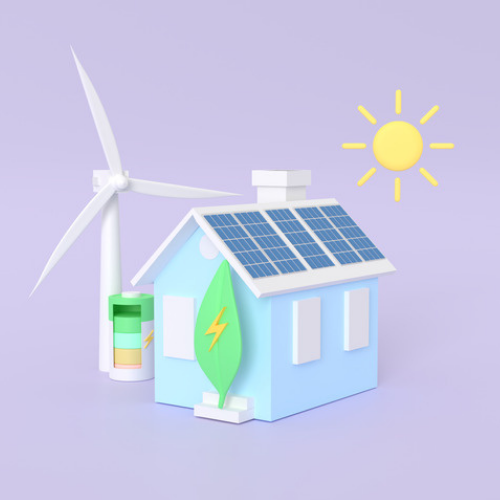
Environment
The environment encompasses all the external conditions, resources, stimuli, and interactions that influence living organisms and their ecosystems. It can be divided into several key components:
Just another WordPress site

The environment encompasses all the external conditions, resources, stimuli, and interactions that influence living organisms and their ecosystems. It can be divided into several key components:

Atmosphere: The layer of gases surrounding Earth, crucial for weather and climate patterns. Hydrosphere: All water bodies on Earth, including oceans, rivers, lakes, and groundwater. Lithosphere: The solid outer part of the Earth, consisting of rocks, minerals, and soils. Biosphere: The global sum of all ecosystems, including all living beings and their relationships
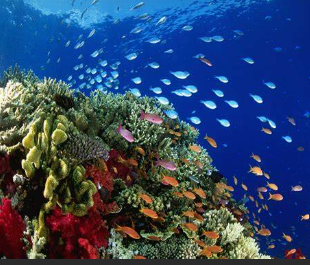



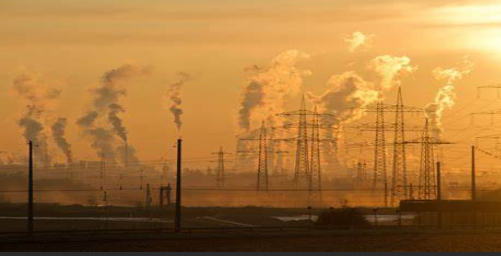
Urban Areas: Cities and towns with infrastructure such as buildings, roads, and bridges. Rural Areas: Countryside regions with agricultural land, forests, and villages. Industrial Areas: Zones designated for manufacturing and industrial activities.

Pollution: Contamination of air, water, and soil by harmful substances. Deforestation: The large-scale removal of forests for agriculture, urban development, or logging. Climate Change: Long-term changes in temperature, precipitation, and other atmospheric conditions due to human activities like burning fossil fuels.
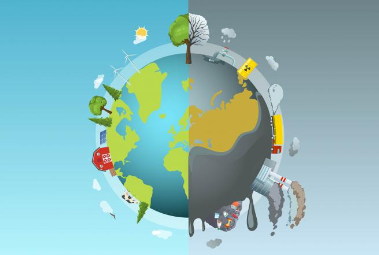


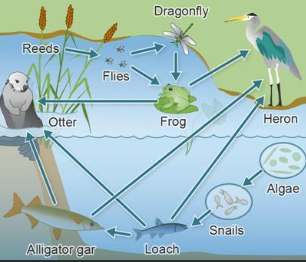
Ecosystems: Communities of living organisms interacting with their physical environment. Biodiversity: The variety of life forms within different habitats and ecosystems. Food Chains/Webs: The network of feeding relationships between organisms in an ecosystem.

Renewable Resources: Resources that can be replenished naturally, such as solar energy, wind, and biomass. Non-Renewable Resources: Resources that are finite and cannot be replenished on a human timescale, like fossil fuels and minerals.
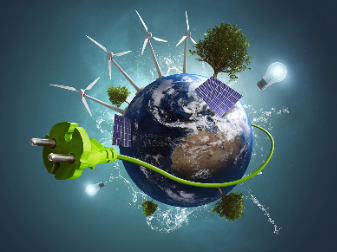


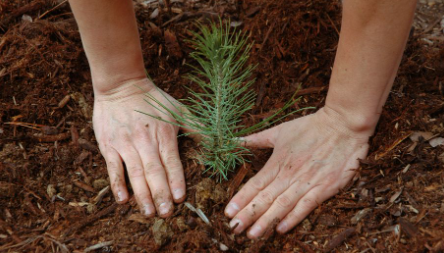
Conservation Efforts: Activities aimed at protecting natural habitats, wildlife, and biodiversity. Sustainable Practices: Methods of using resources that do not deplete them or cause long-term environmental harm.




Climate change refers to long-term alterations in temperature, precipitation, and other atmospheric conditions on Earth. These changes can be natural, driven by factors such as volcanic eruptions, variations in solar radiation, and natural greenhouse gas concentrations. However, over the past century, human activities have become the dominant force driving climate change, primarily through the release of greenhouse gases such as carbon dioxide (CO₂), methane (CH₄), and nitrous oxide (N₂O).
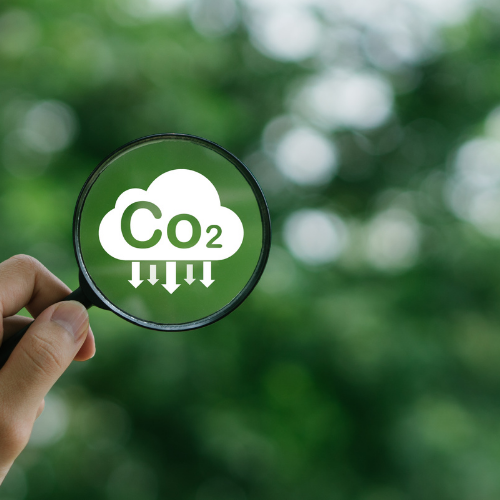



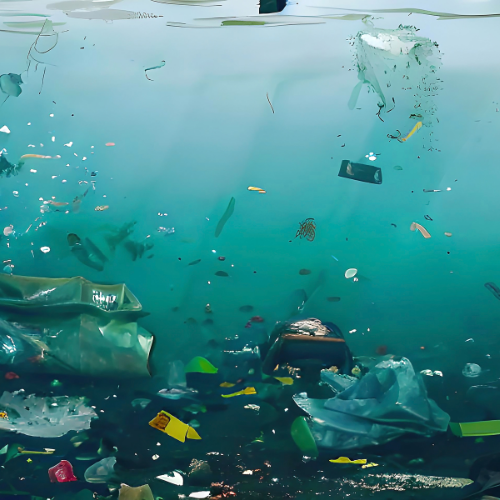
Pollution is the introduction of harmful substances or energy into the environment, causing adverse effects on ecosystems, human health, and the planet. It can take various forms, including air, water, soil, and noise pollution, from industrial activities, vehicles, agriculture, and waste disposal. Effective pollution control protects natural resources and ensures a healthy living environment.

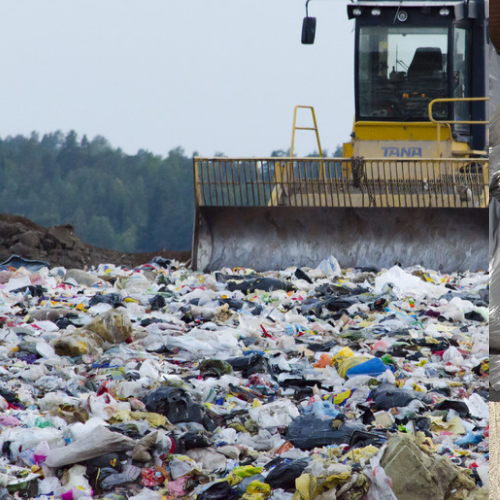



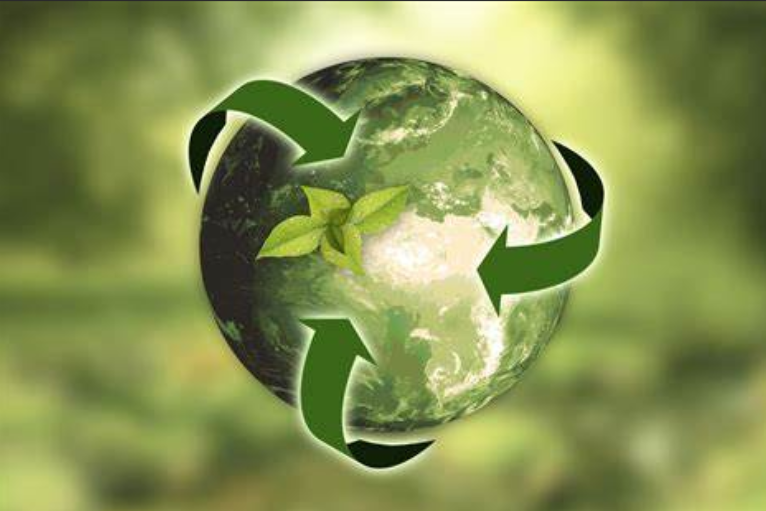
A circular economy is an economic system designed to eliminate waste and promote the continuous use of resources. It contrasts with a traditional linear economy, which follows a 'take-make-dispose' model. In a circular economy, products and materials are designed, produced, and managed to maximise their value and lifespan, promoting reuse, repair, refurbishment, and recycling. This approach reduces environmental impact, conserves resources, and fosters sustainable economic growth by creating closed-loop systems where outputs become inputs for new processes.

Clean technology, or cleantech, refers to products, services, and processes that use renewable materials and energy sources, reduce emissions and waste, and have a minimal impact on the environment. It includes innovations in renewable energy (like solar and wind), energy efficiency, water purification, waste management, and sustainable transportation. The goal of clean technology is to create sustainable solutions that address environmental challenges while promoting economic growth and improving quality of life.
